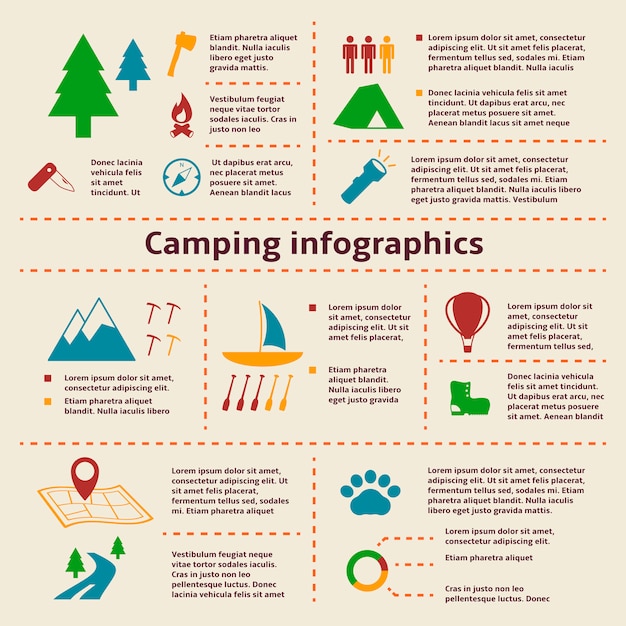Manage A Money Making Online Camping Tents Business By Selling Camping Tents
Manage A Money Making Online Camping Tents Business By Selling Camping Tents
Blog Article
Does Your Backpacking Tent Required an Impact?
An impact is expensive and adds added weight to your backpack. It also isn't particularly resilient.
How do you camp in windy conditions?
Inevitably, whether an outdoor tents impact is necessary depends on where and how frequently you're camping. Generally, it's a great concept to utilize one if you camp on rough surface areas or in damp conditions.
Camping Tents with Reduced Deniers and Water-proof Rankings
Camping tents with reduced deniers and water-proof rankings often tend to be lighter, yet they can additionally be more fragile. They may call for even more constant repairs and have less interior space than tougher models. If you're a casual backpacker who likes to travel rapid and light, this could be great; nonetheless, even more knowledgeable hikers know that compromising toughness can feature huge consequences down the trail.
The denier and waterproof ranking of an outdoor tents's canopy, rainfly, and floor can help you determine its livability. Search for higher-denier materials on the canopy and rainfly, in addition to taped seams that help prevent water from seeping through stitches. Some manufacturers also make use of warmth and sealer throughout building to create a more powerful seam; these are called welded joints.
The livability of an outdoor tents can likewise be identified by its floor dimensions and ability. A camping tent's floor should be slightly smaller sized than the impact to prevent water from merging under the sanctuary.
Camping Tents in Rough Terrain
Many backpacking tents include an impact made especially for their design, which helps make certain a correct fit and secures the tent's base from moisture and sharp things. Other producers sell global footprints that can be cut or folded up to match an outdoor tents's measurements.
The type of terrain you'll run into is one more essential consideration for choosing an outdoor tents. For example, if you'll be camping in a canyon or gully, search for a sanctuary that can manage strong winds. These conditions develop turbulence that can make the distinction in between enjoying your camping site or experiencing discomfort.
The capability and peak elevation of an outdoor tents provide you a good concept of its livability, however additional variables to think about consist of vestibules (the section of the rainfly covering the doors) and overall storage area. For example, throughout our winter season screening of the Marmot Tungsten, its generous 93-by-82-inch flooring quickly handled 4 sweaty backpackers and their puffier shoulder season resting bags while still leaving sufficient area for gear and individuals.
Camping Tents in Damp Conditions
Even if your tent appears completely dry, wetness prowls in the nooks and crannies. Over time, it can deteriorate the fabric. That's why it's so crucial to make the most of rest days to deep-clean your outdoor tents and its components, such as zipper cellular linings, stake loopholes and flexible webbing straps.
Additionally, ensure to pitch your outdoor tents in a flat location, not a divot or concave spot, to make sure that ground water doesn't accumulate between the camping tent flooring and footprint or tarpaulin. And canvas wall tent if you're using an impact, take into consideration a custom-cut one developed for your outdoor tents's floor plan. It will not collect rain the way a generic ground cloth or tarpaulin can.
Practice establishing and taking down your camping tent in the house before you hit the road, to get a feel for exactly how promptly and effectively you can do it. Additionally, practice scouting your outdoor tents in different surfaces to see how simple it is (or isn't) to do in bad climate condition.
Camping Tents in High-Rise Situations
Camping tents vary in floor dimension and livability. As an example, a large camping tent with twin doors and vestibules like Marmot's Tungsten can handle four backpackers without calling for gymnastics to get in and out or to save equipment.
The minimum path weight requirements is the best specification to contrast models, as it includes the bare basics: outdoor tents body, rainfly and poles. However remember that the spec excludes tent stakes, man lines and things sacks.
Most backpacking camping tents can stand up to a light summer storm, however some can be swept away by gale-force gusts. Seek a model with strong posts, an elevated bathtub-style flooring and seam taping to decrease the possibility of water permeating through. More expensive styles additionally tend to feature stronger products that can stand up to the impact of debris and other pressures.
How can I make my tent look pretty?
